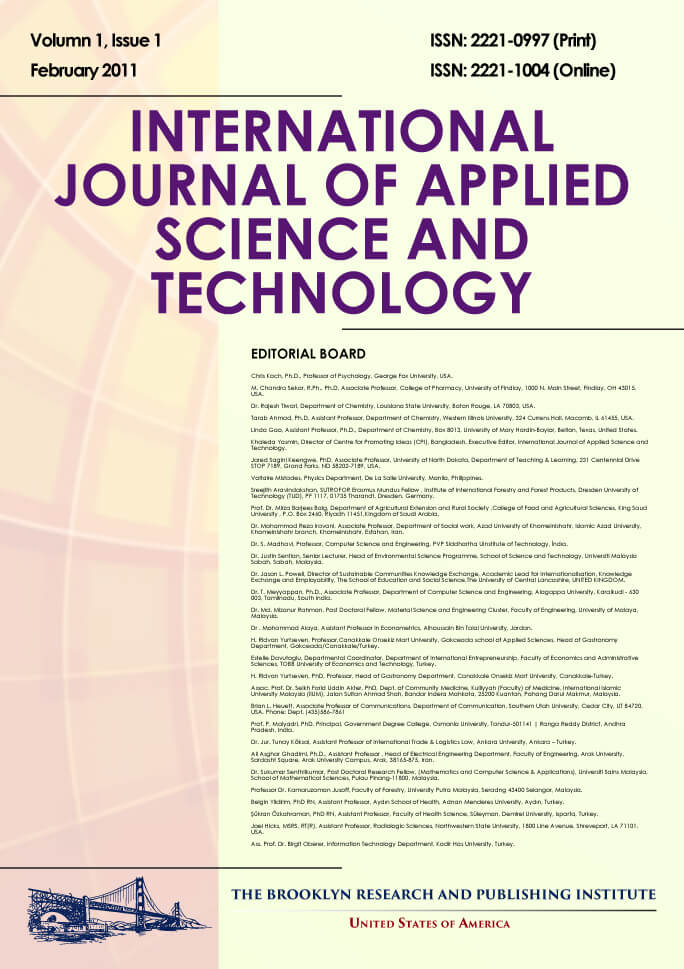 Article Information
Article Information
Modeling Surface Runoff Response to Soil and Water Conservation Measures
using QSWAT+ in the Northeastern Highlands of Ethiopia
Mohammed Seid Muhidin
 ,
Mekonen Ayana
,
Mekonen Ayana
 ,
Zelalem Biru Gonfa
,
Zelalem Biru Gonfa
 ,
Tenna Alamerew
,
Tenna Alamerew
 , and
Gizaw Desta Gessesse
, and
Gizaw Desta Gessesse

Abstract
Watershed management in the developing world rarely includes detailed hydrological components.
However, the hydrological cycle has many interconnected components, such as precipitation,
evapotranspiration, surface runoff, infiltration, and groundwater flow. A common challenge in hydrological
studies is estimating runoff in watersheds where precipitation records exist, but runoff data is unavailable.
Thus, there has been a lack of long-term quantitative assessment. The QSWAT+ model was used to analyze
hydrologic phenomena and assess how watershed changes impact the hydrological cycle. 17 years of
meteorological input data were used to run the QSWAT+ and model hydrological responses to soil and water
conservation measures on paired micro-watersheds, called Amanuel and Degnu, in the northeastern
highlands of Ethiopia. The results indicate that QSWAT+ successfully models surface runoff at a daily time
step, achieving Nash-Sutcliffe Efficiency (NSE) values of 0.826 and 0.945, and Coefficient of Determination
(R²) values of 0.944 and 0.741 for Amanuel and Degnu, respectively. The model results can help
policymakers, land-use planners, and water resource managers effectively allocate water resources and
implement sustainable watershed management practices based on flow conditions.
Article History:
Received: 7 March 2025 | Accepted: 29 March
2025 | Published: 4 April 2025
Reviewer(s):
Dr. Aziz Omonov, Department of Environmental Engineering, Tokyo University of Agriculture and Technology, Japan; ORCID iD:
https://orcid.org/0009-0006-8772-9647; Phone: +81 90 1501 8216.
Email: [email protected]
Address for Correspondence:
Mohammed Seid Muhidin, Adama Science and Tech. University, Adama,
Ethiopia. (251-919896621)
[email protected]
Article Metrics (Citations):
For the most up-to-date citation information for this article, please refer to
Google Scholar.
Note: Citation statistics will only be available once the article is indexed in Google Scholar.


